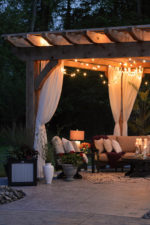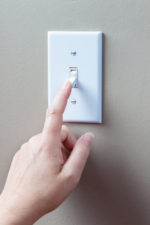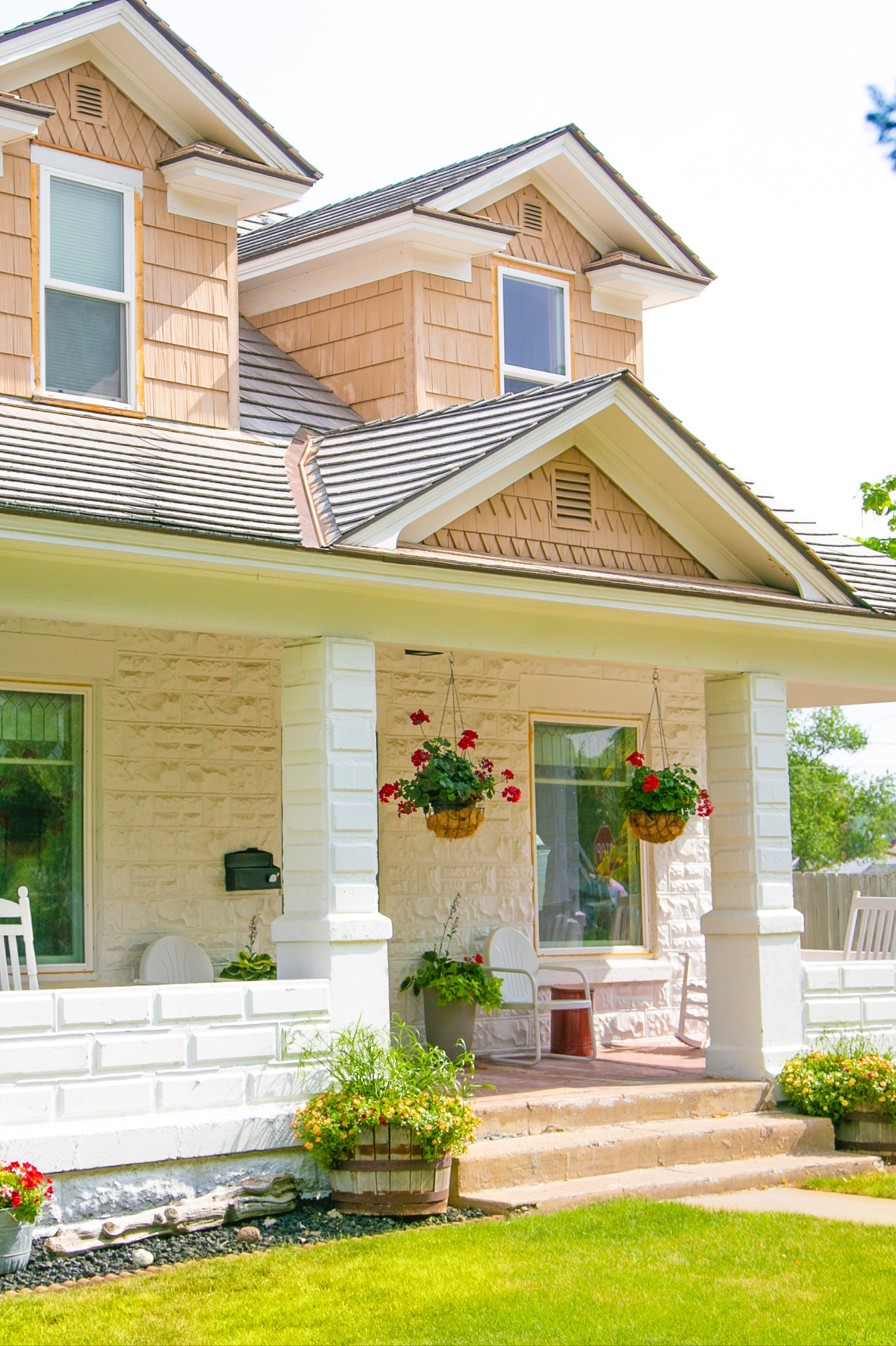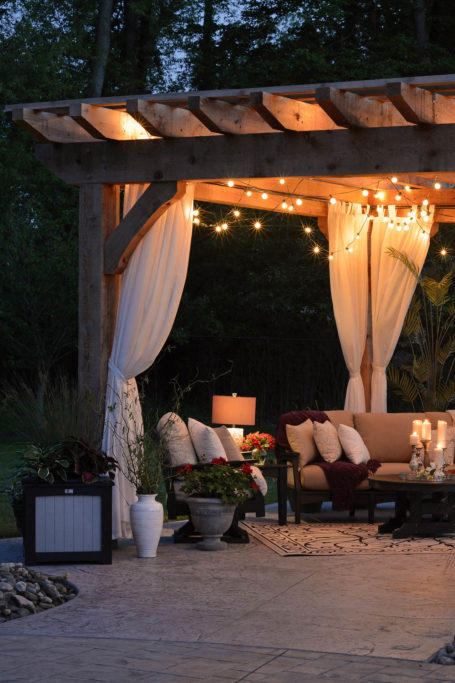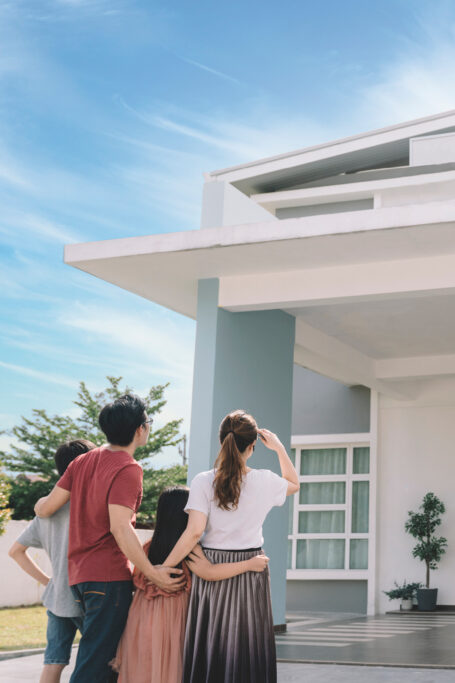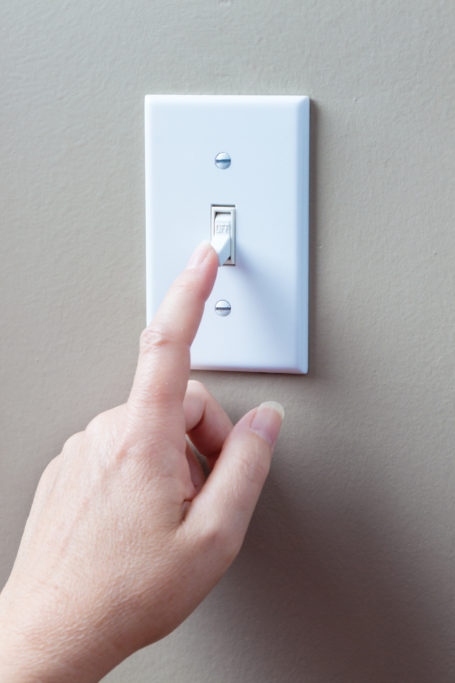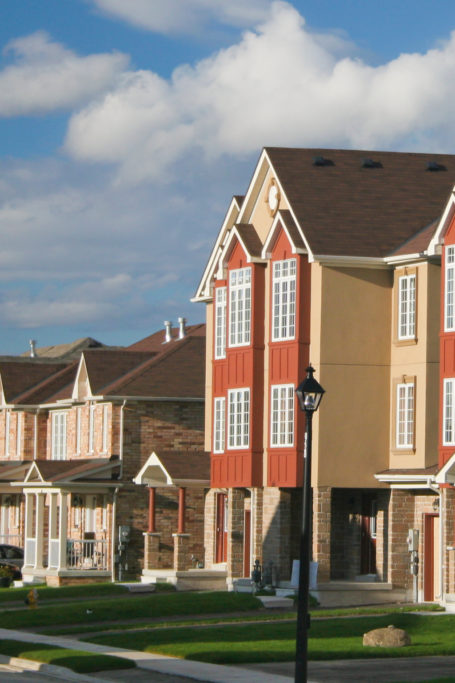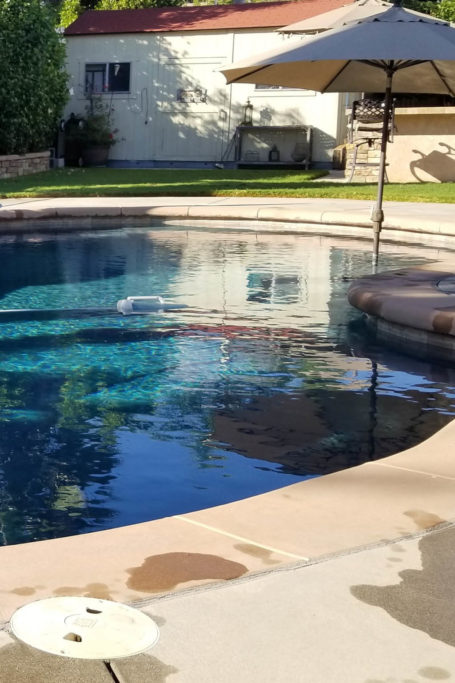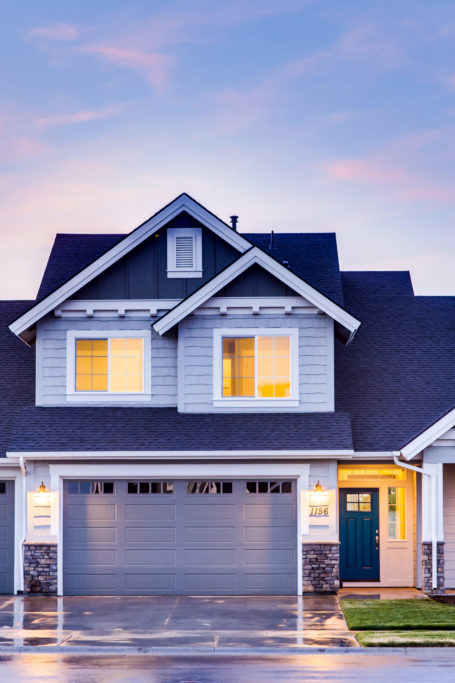New Construction vs. Existing Homes: Which Is Right for You?
There are many decisions you’ll need to make when searching for your next home, like how large of a home you need, how many bathrooms you want, and the location that’s best for you. Another choice you’ll need to make is between buying a newly constructed home or an older, existing home. Each type of home has its pros and cons, so be sure to use this guide when deciding on which house to choose.
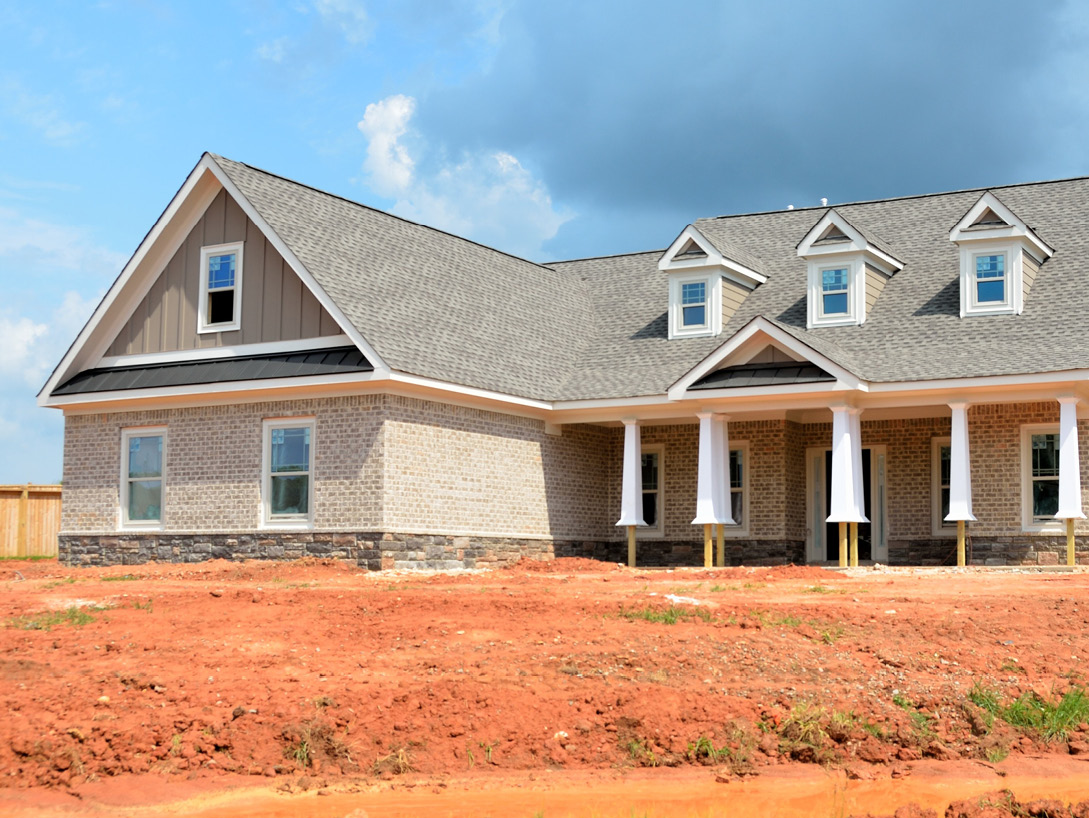
New construction pros
First, if you have a home built, you can tailor it to your personal needs. You’ll have control over almost every aspect of the house, from the number of bedrooms to the placement of the living room to what color your guest bathroom will be. Even if you didn’t design the home, you can expect a new build to have some of the most popular home trends, such as an open floor plan, walk-in closets, and a large bathroom off the primary bedroom. You’ll even find the latest technology, such as security systems, updated wiring for internet access, and smart home features that control everything from the lighting to the locks.
A new construction home can be a cost-effective choice in the long run. Building the house with modern materials and new appliances makes it more energy-efficient, resulting in lower electric bills. You’ll also have less maintenance and upkeep costs when you move in; everything from the HVAC system to the roof will be new and should last for many years. If they don’t, new construction homes typically come with a builder warranty that covers various components of the house for a limited time. Check out this article to learn more about builder warranties.

New construction cons
A recently built home can cost up to 20 percent more than existing ones because, in addition to factors that influence the home’s price like square footage and location, you’re paying for things like the installation of the utilities, the driveway, and the sidewalk. Additionally, you may need to purchase the home’s major appliances like a refrigerator, a dishwasher, and a washer and dryer.
The home’s exterior may lack personality. Many new-construction communities have a generic, cookie-cutter look for the exterior of the houses, so you will need to budget for post-purchase upgrades ranging from painting to landscaping to patio furniture. New construction also tends to be built on smaller lots than older homes, giving you less yard to enjoy.
Finally, you may have to deal with a longer commute. Many new construction homes are built in the suburbs, so you will be further away from the central business districts of many cities and possibly schools and shopping.
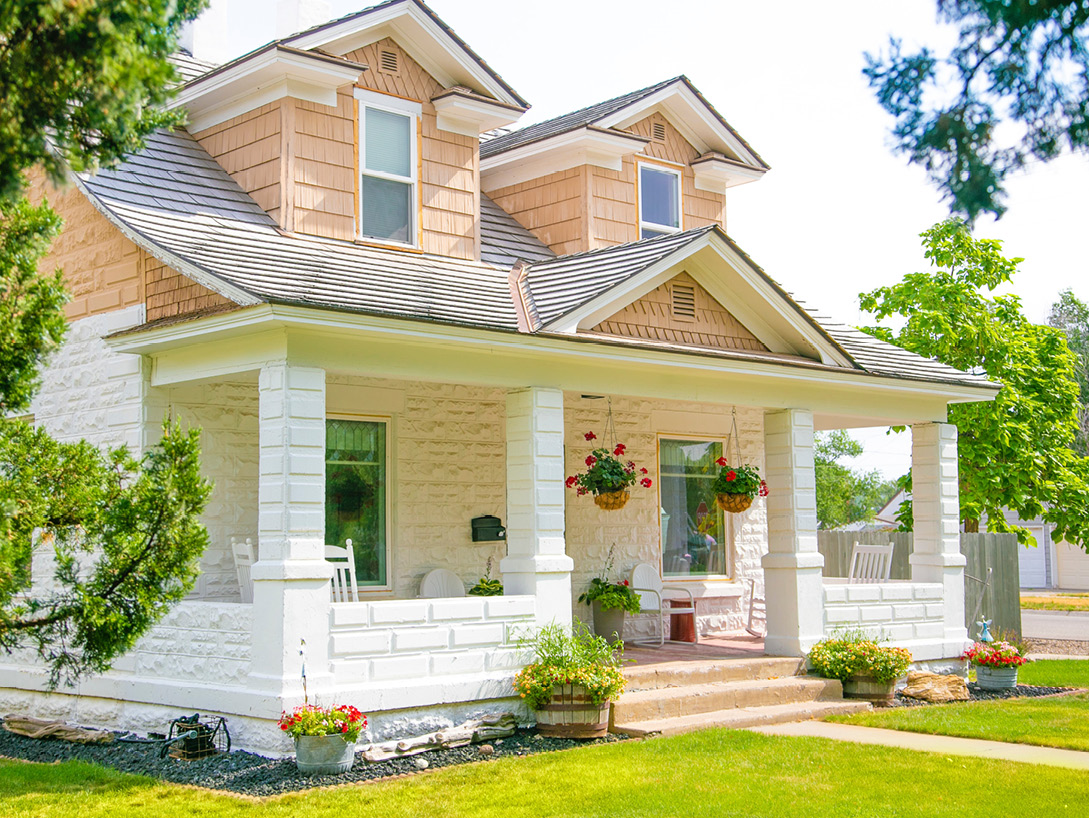
Existing home pros
Older homes have architectural designs and unique features not found in new construction. Whether the house is a Georgian, craftsman, or ranch, an older home has a personality that new homes might not be able to replicate. This personality can expand to the neighborhood, as established communities have desirable features like tree-lined streets, restaurants and cafes, and easy access to parks and schools.
If you’re a DIYer, an older home allows you to showcase your skills. With many older homes costing less than new construction, there’s an opportunity for you to do renovations and repairs on your home to tailor it to your preferences.
The landscaping of an existing home can be more impressive because the trees and plants have had ample time to grow. It can take years for a new yard’s landscaping to grow and mature.

Existing home cons
The number one drawback to an older home is the additional costs you may face. While a newly constructed home is less likely to need significant repairs in the first few years, you may need to make many repairs and upgrades to an older home. These can range from a simple cosmetic upgrade like painting a room to a more expensive repair like replacing a roof. Also, if the house comes with appliances, they could be older and might need to be replaced.
Older homes also tend to be less energy efficient. Depending on when the house was built, older materials and features like windows and insulation could be dated and cause you to have higher utility bills in summer and winter.
By considering your options and working with the right agent, you’ll find the home that is right for you.







